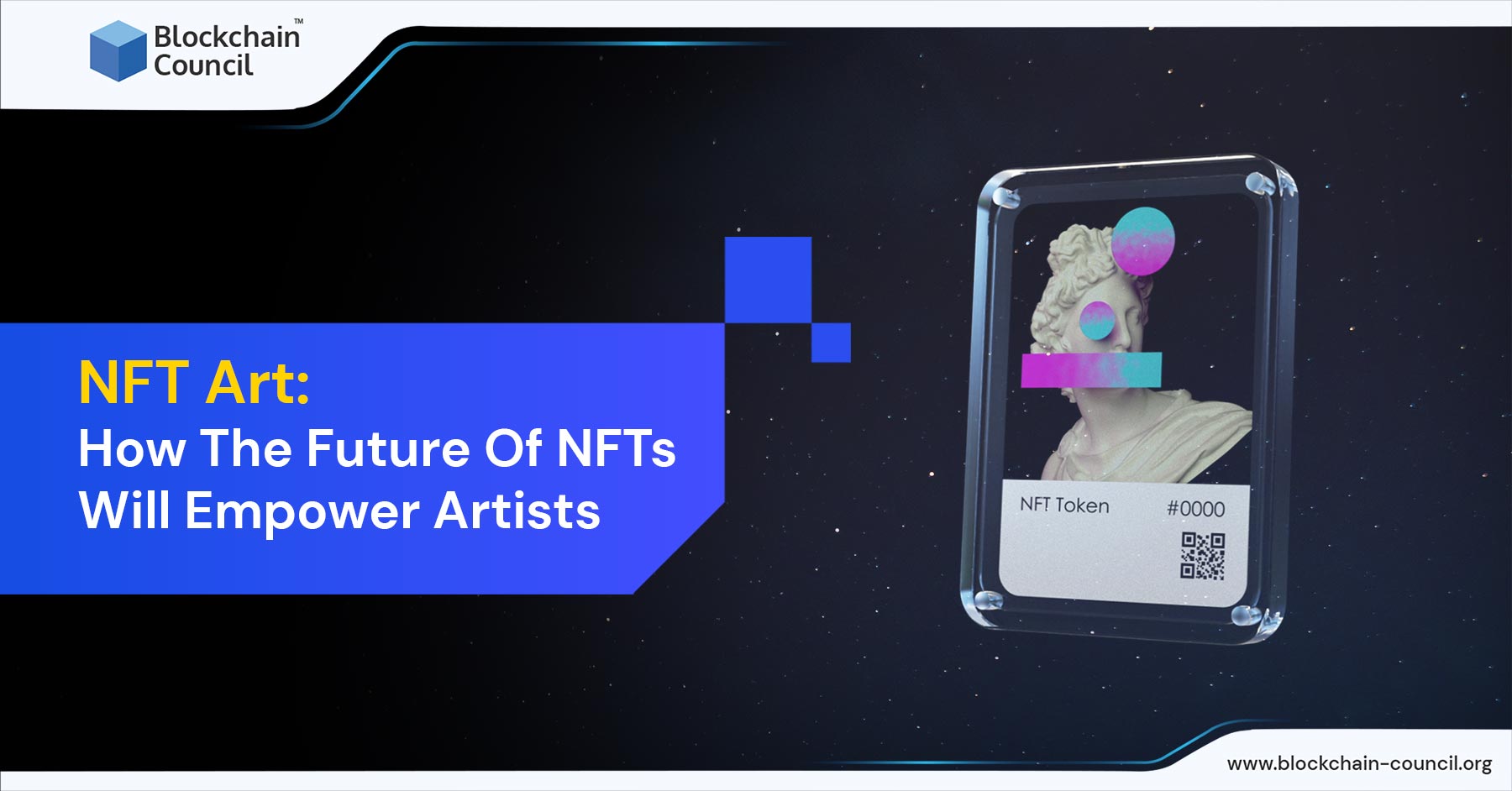
- Toshendra Kumar Sharma
- January 11, 2023
Table of Contents
Introduction
NFTs, or non-fungible tokens, are digital assets that allow the ownership and provenance of digital art and other online media to be verified on a Blockchain. In recent years, the use of NFTs in the art world has gained significant attention as a way for artists to sell their digital works and for collectors to purchase and own unique digital items.
As the popularity of NFTs continues to grow, they will likely become an increasingly important part of the art world and the broader creative economy. One of the main reasons for this is the diverse range of use cases for NFTs, which include not only the buying and selling of digital art but also the creation of digital collectibles, the distribution of music and video content, and the verification of the ownership and authenticity of physical artworks.
With the ability to easily and securely verify ownership and provenance, NFTs can empower artists and creators by giving them more control over their work and how it is distributed and monetized.
Let’s look at some of the most prominent reasons why NFT experts will become favorable careers with benefits in the future.
Monetization for Creators
One of the most exciting potential impacts of NFTs is how they could enable creators from all demographics to bring their imagination to life. By allowing the ownership and provenance of digital works to be verified on the Blockchain.
NFTs could allow artists, musicians, writers, and creators to easily distribute and monetize their work online. This could be especially beneficial for creators who may need access to traditional channels for selling their art or may face barriers to entry into the creative industries.
With the ability to easily and securely verify ownership and authenticity, NFTs could provide a level playing field for creators of all backgrounds to showcase and sell their work to a global audience. As the use of NFTs continues to grow and evolve, we will likely see an increasing number of diverse and innovative projects being created and brought to market, helping to democratize the creative process and empower creators.
Large-Scale Metaverse Adoption
The Metaverse is a breakthrough in online presence because it offers a level of immersion and interactivity that is impossible with traditional online platforms. It allows users to be more present and engaged with each other. Instead of just reading words on a screen, users can see and hear each other as if they were in the same physical space. This can lead to a more meaningful and personal connection between people, even if they are physically located on opposite sides of the world.
The large-scale adoption of the Metaverse will also empower and escalate the use of non-fungible tokens (NFTs). NFTs are unique digital assets stored on a Blockchain and can be bought, sold, and traded like physical goods. In the Metaverse, NFTs can be used to represent virtual real estate, collectibles, and other types of digital assets. As more people use the Metaverse and become familiar with NFTs, the demand for NFTs is likely to increase, leading to a greater acceptance of this technology.
Additionally, the Metaverse represents a major step forward in online presence. It is likely to have a significant impact on the way we interact with each other and with digital assets. Its adoption and use of NFTs will bring about new opportunities and possibilities for individuals and businesses.
Community Building
The growing online community culture has helped NFT artists by providing a platform for artists to showcase and sell their work. With the rise of social media and online art marketplaces, it is now easier than ever for NFT artists to reach a wide audience and sell their work. The online community has provided a space for NFT artists to connect and share their work, ideas, and experiences. This can be particularly valuable for artists who may need access to a local art scene or are just starting and looking to build a following.
Here are some more specific ways the growing online community culture has helped NFT artists:
Online marketplaces
With the proliferation of online art marketplaces, NFT artists now have various platforms to showcase and sell their work. These marketplaces often have built-in audiences of collectors and art enthusiasts, making it easier for artists to reach potential buyers.
Social media
Social media platforms like Twitter, Instagram, and TikTok have become powerful tools for NFT artists to share their work and connect with fans. Many artists have built large followings on these platforms, which can translate into sales of their NFTs.
Networking
The online community has provided a space for NFT artists to connect and collaborate. This can be especially valuable for artists who may need a more robust local art scene or are looking to build a network of fellow artists.
Education and resources
The online community has also provided a wealth of educational resources for NFT artists, including tutorials, workshops, and forums where artists can learn more about Blockchain technology and the NFT market.
Visibility
The online community has helped raise awareness of NFT art and its value to the art world. As more people become interested in NFTs and the potential they offer for artists, the demand for NFT art will likely continue to grow.
Art Ownership with NFTs
NFTs are digital assets that use Blockchain technology to certify ownership and authenticity. They can represent a wide range of digital content, including art, music, videos, and other forms of media.
NFTs empower artists by offering them ownership of their artwork. With traditional digital art, it can be difficult for artists to assert ownership and control over their creations. Once a digital file is shared or posted online, it can be easily copied, altered, or distributed without permission. This can make it difficult for artists to compensate for their work and protect their intellectual property fairly.
NFTs allow artists to establish ownership of their artwork and to set the terms under which it can be used or sold. This can give artists more control over how their work is distributed and monetized and can help to ensure that they are fairly compensated for their creations.
Ownership is crucial for artists and digital creators for several reasons. In addition to the financial benefits, ownership can provide a sense of autonomy and creativity, as artists have more control over how their work is used and shared. This can be especially important for artists working in the digital realm, where it can be easy for their creations to be appropriated or disseminated without permission.
Digital Footprints
For several reasons, the tokenization of art through non-fungible tokens (NFTs) is expected to become more prevalent in the coming years. One reason is that NFTs allow artists to assert ownership and control over their digital creations. As mentioned earlier, it can be difficult for artists to protect their intellectual property and be fairly compensated for their work in the digital realm. NFTs offers a solution to this problem by allowing artists to certify ownership and set the terms under which their work can be used or sold.
NFTs allow artists to monetize their work in new and innovative ways. In addition to selling physical copies of their art, artists can now sell unique digital copies backed by NFTs. This can open up new revenue streams for artists and allow them to reach a wider audience. The increasing popularity of cryptocurrency and Blockchain technology has created a new market for NFT art. As more people become interested in owning and collecting digital assets, the demand for NFT art will continue to grow.
Conclusion
The development and creation of non-fungible tokens (NFTs) is an increasingly attractive career option for artists and creators in the digital realm. NFT development and creation is an attractive career option that offers artists and creators new ways to monetize their work.
The market for NFTs is growing rapidly. As more people become interested in owning and collecting digital assets, the demand for NFTs will continue to increase. This presents a significant opportunity for artists and creators skilled in NFT development and creation.
Learning and investing in becoming an NFT artist is beneficial today because it is a relatively new and emerging field. Artists and creators still have many opportunities to make their mark and establish themselves as leaders in the NFT space. By investing in their skills and knowledge, artists can position themselves to take advantage of these opportunities and build successful careers in NFT development and creation.
The increasing opportunities in NFT development and creation make it an effective career option for artists and creators. By investing in their skills and knowledge today, artists can position themselves to take advantage of the growing market for NFTs and build successful careers in this exciting and innovative field.
FREQUENTLY ASKED QUESTIONS
An NFT (non-fungible token) artwork is a digital asset that is verified on a blockchain, which is a type of distributed ledger technology. The blockchain ensures that the digital asset is unique and cannot be replicated or replaced, making it a one-of-a-kind item. NFT artworks are typically created using a variety of digital media, such as 3D models, GIFs, and videos, and can be bought, sold, and traded just like traditional physical art.
NFT art, or non-fungible token art, is a digital asset that is authenticated on a blockchain, which is a decentralized digital ledger. The value of NFT art is derived from its uniqueness, rarity, and provenance. Because each NFT is a one-of-a-kind item, it cannot be replaced or replicated, and ownership is verifiable on the blockchain. Additionally, NFTs can be used to authenticate and sell digital artwork created by emerging and established artists, giving them a new way to monetize their work and potentially increasing its value.
NFT, or non-fungible token, art is a digital art form in which the artwork is represented by a unique digital token on a blockchain. These tokens can be bought, sold, and traded like physical art, and they prove ownership and authenticity of the digital artwork. NFTs have emerged as a new way for artists to monetize their digital creations and for collectors to own and trade unique digital assets. As a beginner, it is important to understand the basics of blockchain technology and how it is used to create and trade NFTs.
NFTs (non-fungible tokens) have been becoming increasingly popular in the art world as a way for artists to sell their digital creations. NFTs allow digital artwork to be authenticated and sold as a one-of-a-kind, unique item, just like a physical piece of art.
For some artists, NFTs have been a way to monetize their digital art that might not have been possible before. They can sell their work directly to collectors, without having to go through a third party like a gallery, and they can set their own prices. This can result in higher profit margins for the artists compared to traditional sales methods.
However, the market for NFTs is still relatively new and it is not certain if it will be a profitable long-term strategy for artists. While some artists have sold individual pieces for millions of dollars, there is also a lot of speculation and hype in the market, and the prices for NFTs can be highly volatile. Additionally, the NFT market is niche and not accessible for all artists, and the fees to list or mint an NFT can be high.
It’s worth to mention that NFTs are not the only way artists can make money from their digital art, it depends on the artist’s network and marketing strategies. And not all artists feel that creating and selling NFTs aligns with their creative goals.

































































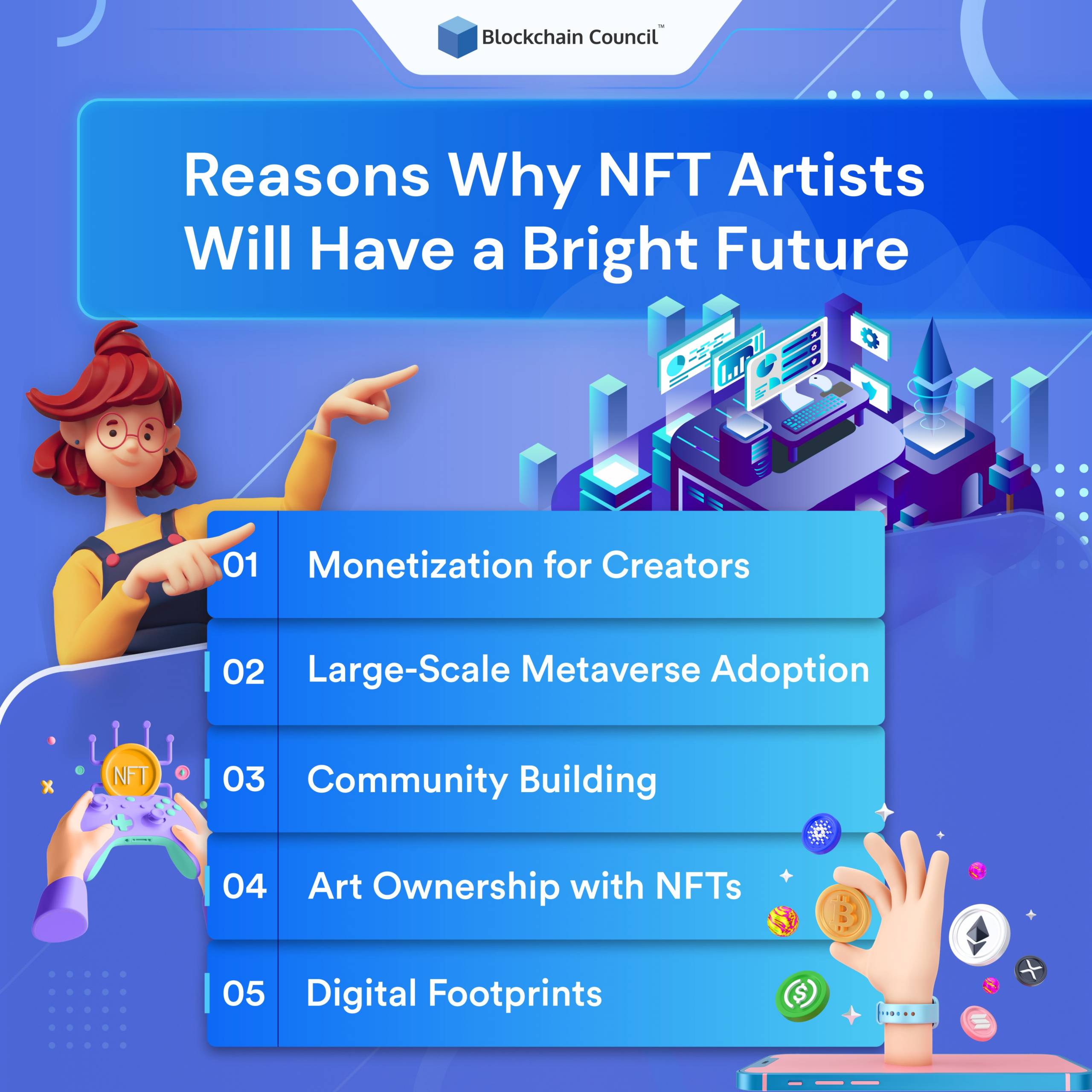
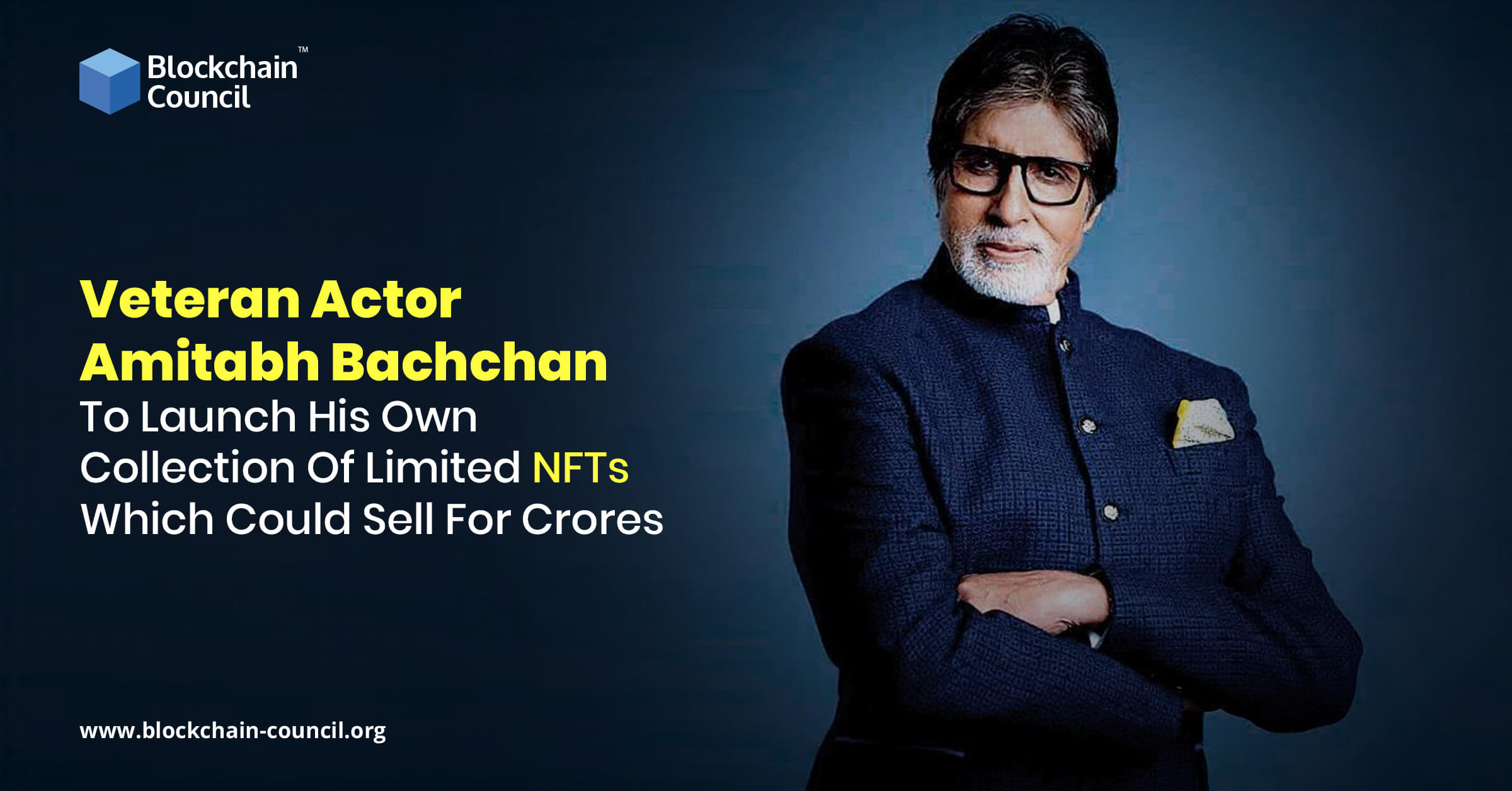
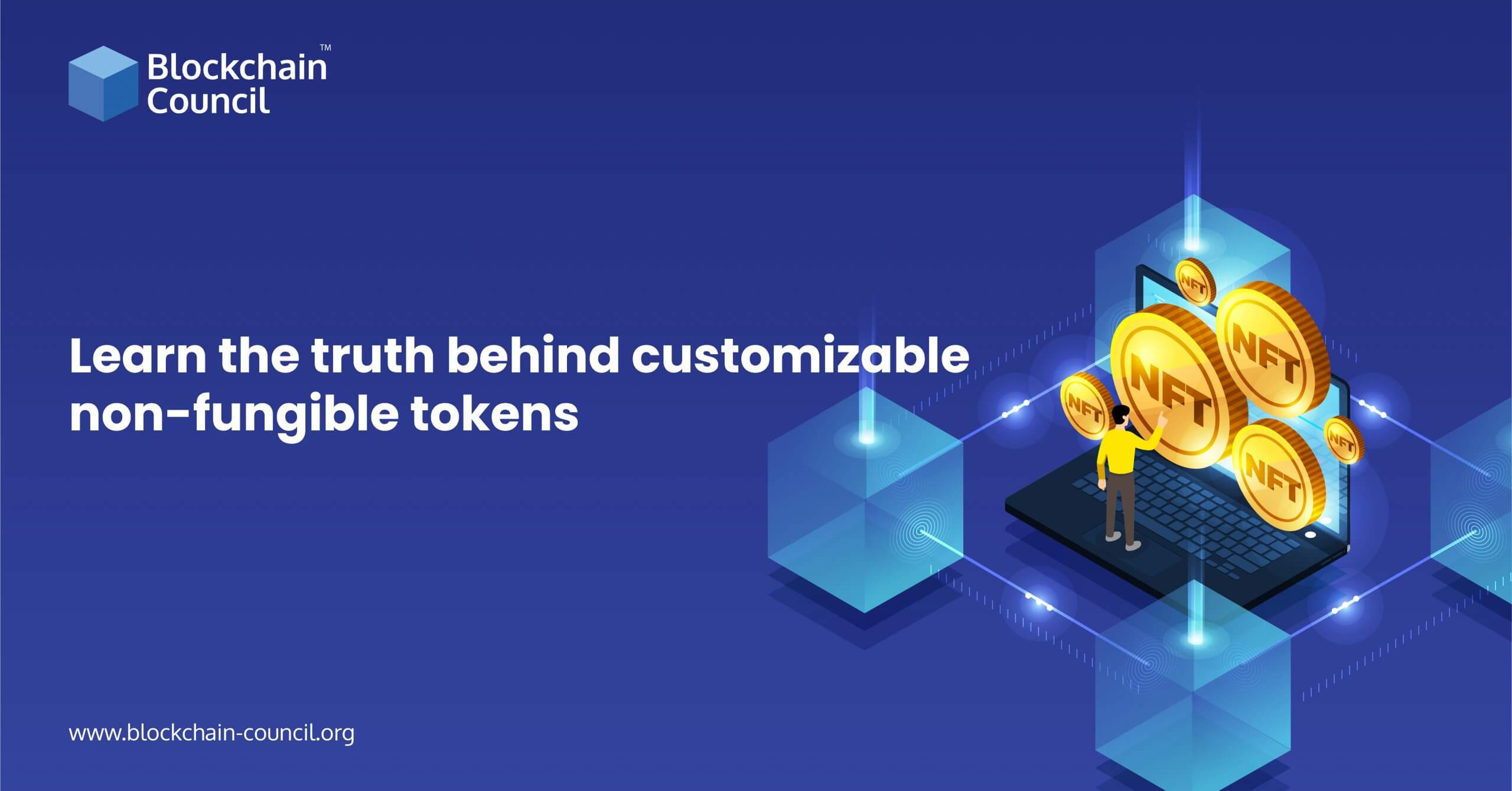
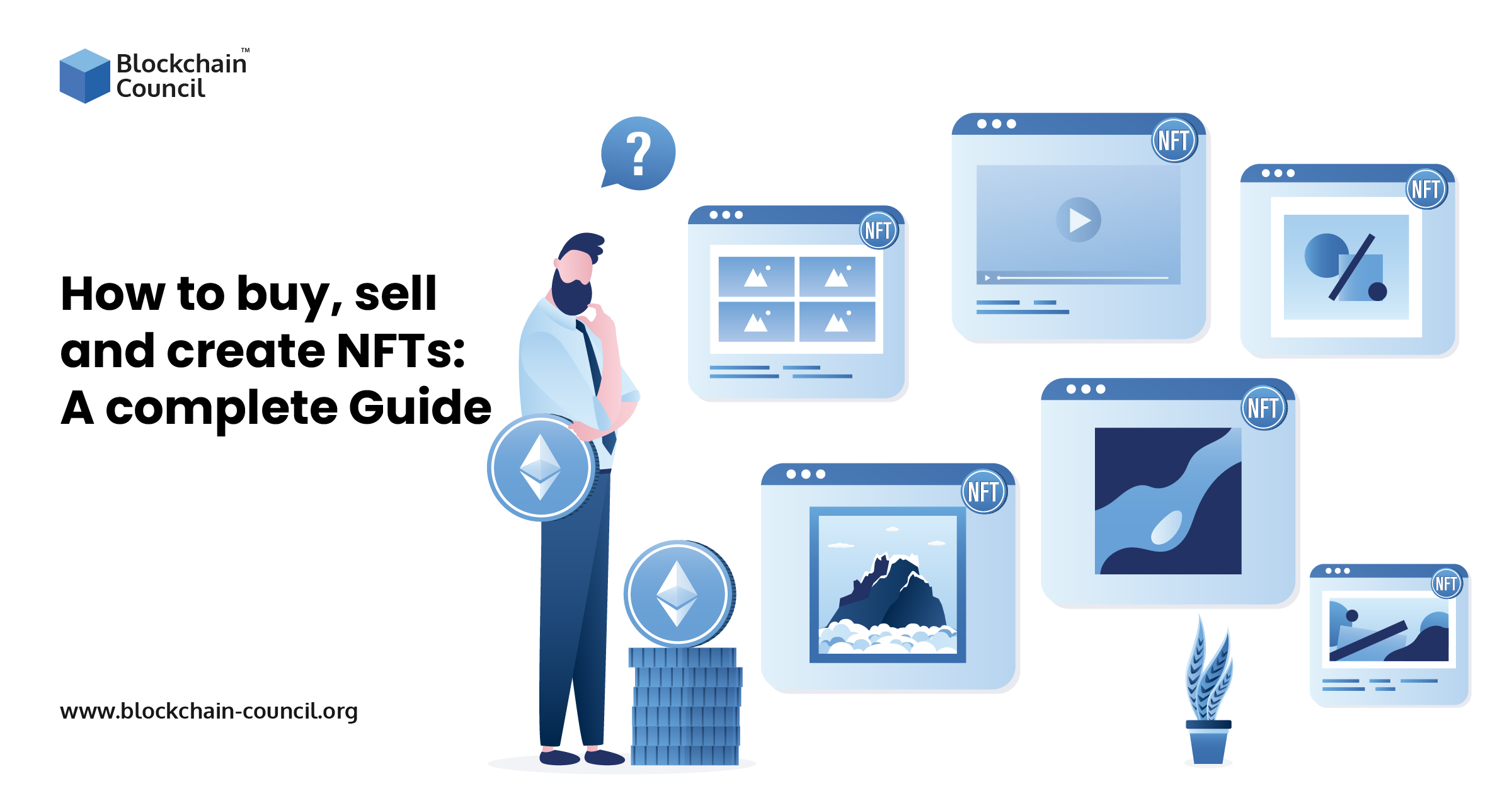
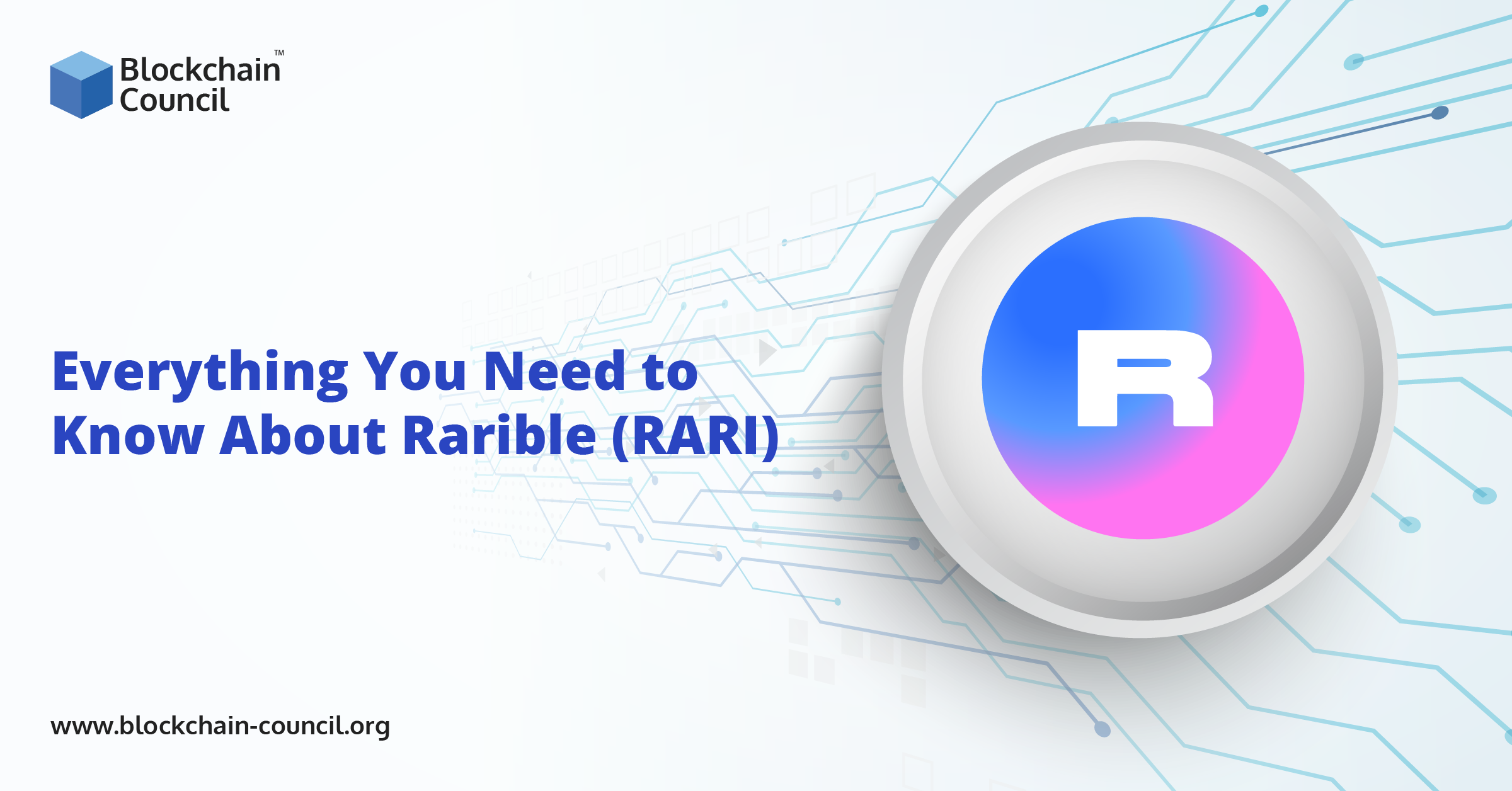
 Guides
Guides News
News Blockchain
Blockchain Cryptocurrency
& Digital Assets
Cryptocurrency
& Digital Assets Web3
Web3 Metaverse & NFTs
Metaverse & NFTs
